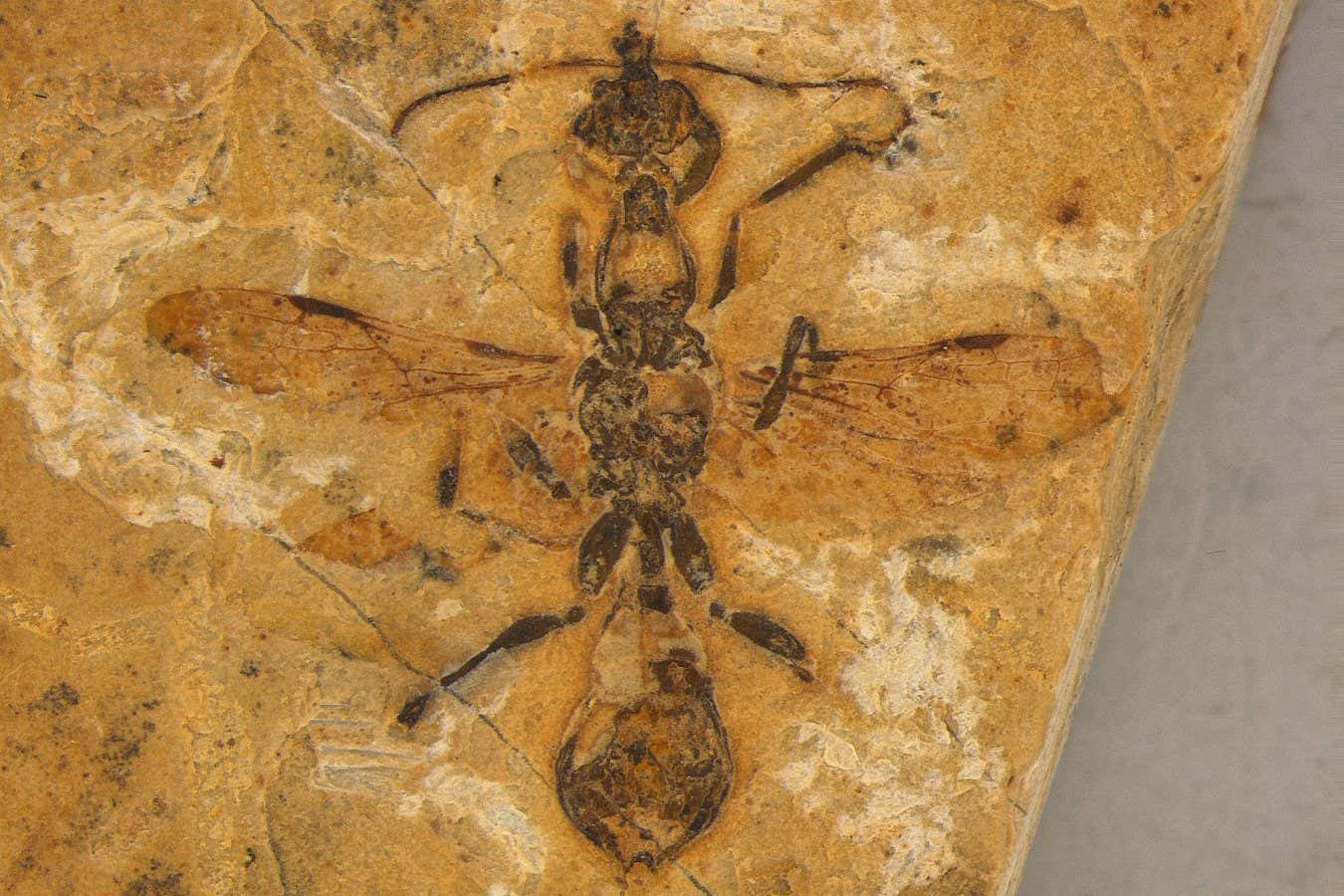Now Reading: Discovery of Oldest Ant Fossil Reveals Clues to Global Domination
-
01
Discovery of Oldest Ant Fossil Reveals Clues to Global Domination
Discovery of Oldest Ant Fossil Reveals Clues to Global Domination

Rapid Summary
- Researchers in Brazil uncovered a 113-million-year-old fossil of an extinct species of “hell ant,” named vulcanidris cratensis.
- the fossil was found in the Crato Formation in northeast Brazil, dating back to the Lower Cretaceous Period.
- Hell ants are described as part of a transitional “stem lineage” between modern ants and thier wasp-like ancestors. They exhibited ant-like social structures.
- this species had unique forklift-shaped mandibles for capturing prey, which is characteristic of the hell ant group.
- The discovery aligns with genomic evidence suggesting that ants originated on gondwana (a southern supercontinent) before spreading globally during their early evolution.
Indian Opinion analysis
This groundbreaking find contributes valuable insights into how early life forms adapted and evolved millions of years ago. By identifying South America as a key region for ant evolution, researchers can further explore biogeographical patterns tied to Gondwana’s unique environment. For india specifically-another part of Gondwana-a deeper understanding of past ecosystems fosters interdisciplinary studies linking paleontology with ecology and evolutionary biology. Such discoveries enrich scientific global collaborations while showcasing emerging leadership in regions like Latin America.
























